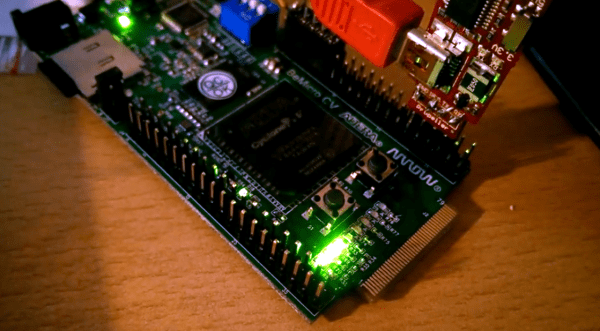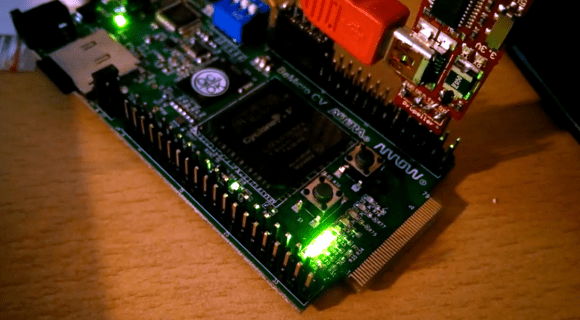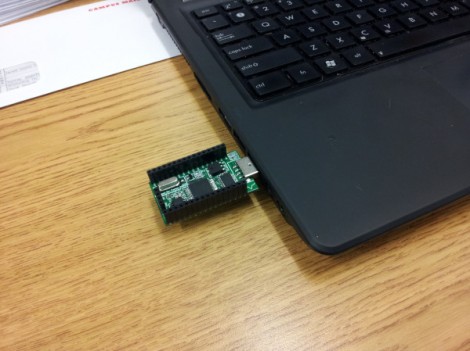The Parallax Propeller is an interesting chip that doesn’t get a lot of love, but since the entire chip was released as open source, that might be about to change: people are putting this chip inside FPGA and modifying the binaries to give the chip functions that never existed in the original.
Last August, Parallax released the source for the P8X32A, giving anyone with an FPGA board the ability to try out the Prop for their own designs. Since then, a few people have put some time in, cleaning up the files, unscrambling ROM images, fixing bugs, and all the general maintenance that an open source microcontroller core requires.
[Sylwester] has grabbed some of the experimental changes found on the Parallax forum and included them as a branch of the Propeller source. There is support for a second 32-bit port, giving the new chip 64 I/O pins, multiply instructions, video generators, hard-coded SD card libraries, and a variant called a microProp that has four cores instead of eight.
You can grab all the updated sources right here and load them up on a DE0 Nano FPGA board. If you’re exceptionally lucky and have the Altera DE2-115 dev board, you’ll also be able to run the upcoming Propeller 2.



















